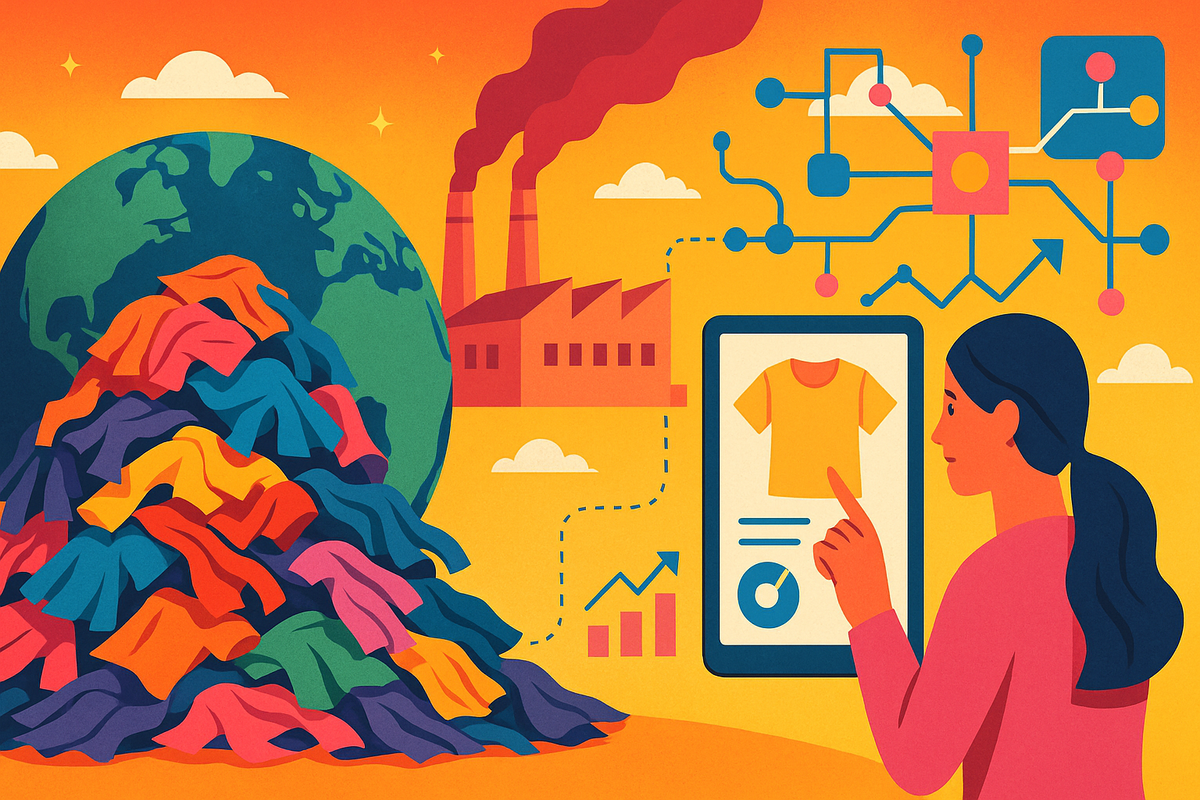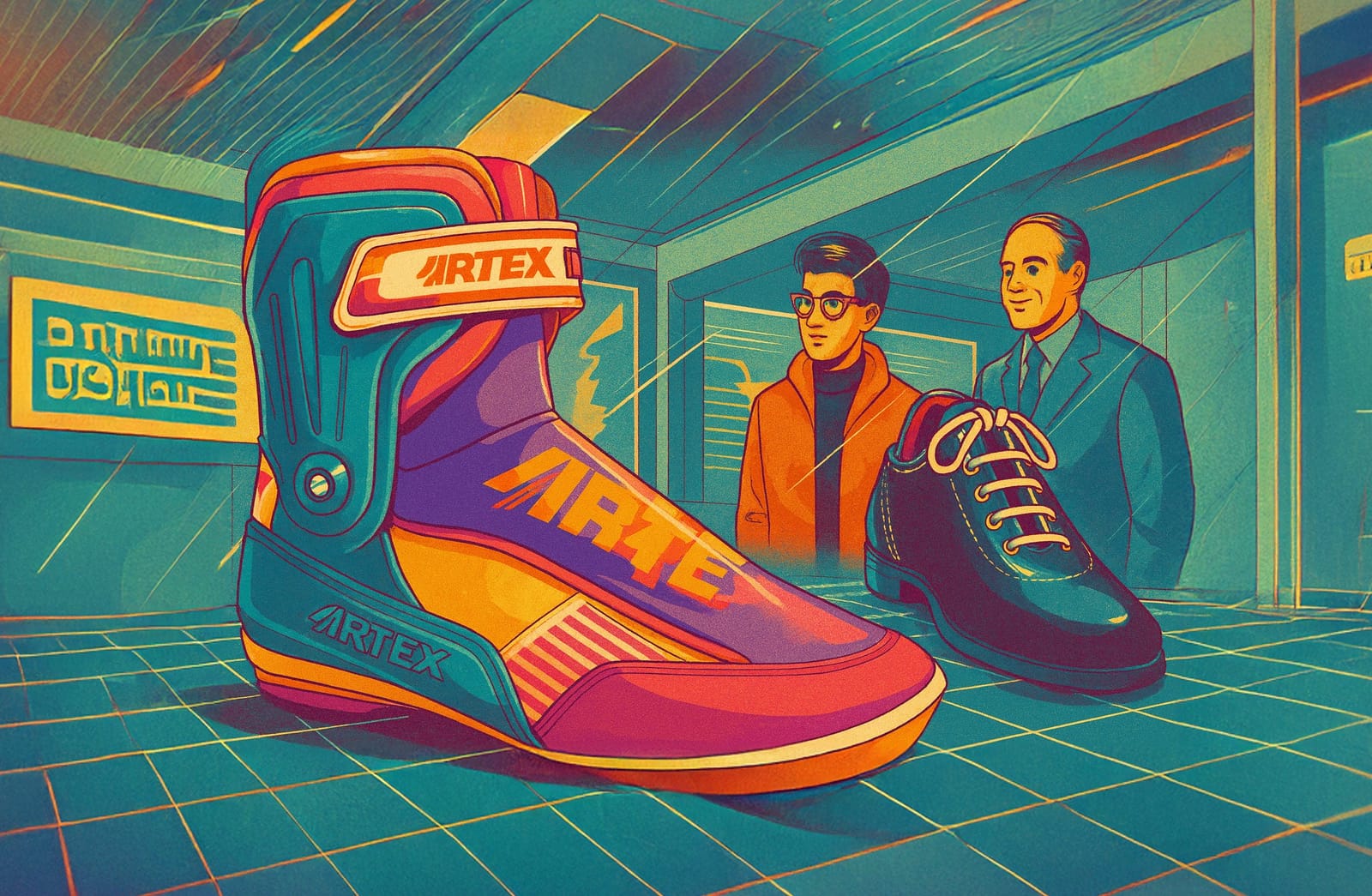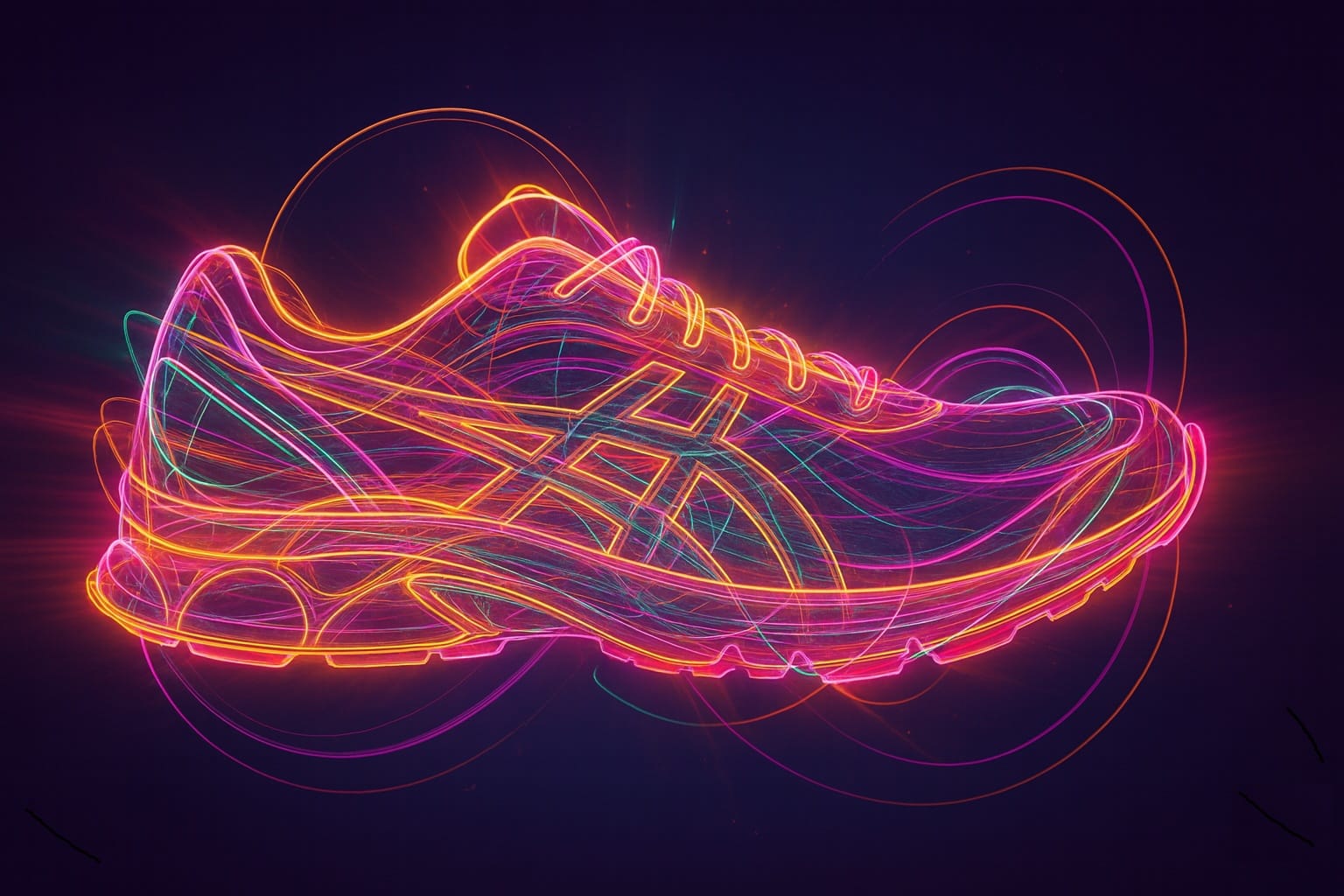Virtual reality is seemingly having one of its cyclical comebacks. Not the metaverse dream, not Ready Player One, but something smaller, quieter, and, I think, more interesting.
A few years ago, while working for a digital-only fashion brand, I was tasked with evaluating VR for global collaboration. It was astonishing, but also deeply imperfect: heavy, hot headsets; short battery life; motion sickness; novelty that faded fast.
The technology has progressed, of course, but that early experience taught me that VR’s promise and its practicality are rarely the same thing - as is often the case with new capabilities.
Recently, I sat in on a session co-hosted by a major luxury group and their VR partner, exploring how immersive 360-degree experiences are being used to onboard global employees and, increasingly, to engage consumers in more experiential ways. The share-out leaned sales-heavy; the “it was easy, everyone loved it” narrative we’ve all heard, though experience has taught me to be sceptical. Tech adoption is rarely easy when people are involved.
But beneath the gloss were signals worth paying attention to, especially for craft-driven industries. What emerged was a view of VR not as a training machine, but as a bridge; a tool for transmitting heritage, identity, and belonging when physical proximity is no longer guaranteed.
In practice, VR isn’t replacing training. But what it is doing is teleporting people into the emotional core of a brand. And that is arguably a very different (and far more powerful) value proposition.
I left with seven key thoughts:
1. Is VR’s strongest use case cultural telepresence?
For decades, craft-driven industries have relied on place to transmit identity; you learn whisky in the Highlands; perfume in Grasse; couture in a Paris atelier; ceramics in Jingdezhen.
Physical space is the teacher, but distributed teams and shrinking travel budgets have made this harder.
So companies are experimenting with immersive 360° journeys that drop you into ateliers, heritage sites, production floors, farms, studios, and archives, complete with ambient sound, spoken narration, and contextual hotspots.
It is not true presence of course, but it is better than nothing. It can create a meaningful sense of having been there, enough to make someone feel part of the story.
And therein lies my curiosity: can VR build not only skills, but also a deeper sense of belonging?
Whether it is onboarding sales teams, engaging frontline associates, or even connecting consumers to a brand’s origin story, could VR become a cultural equaliser, a way of giving global and remote audiences access to spaces they may never physically visit?
For luxury and fashion, whose value is rooted in narrative, craft, and place, that feels genuinely compelling.
2. Does selective deployment, rather than mass adoption, make more sense for VR?
Despite the hype, usage remains modest.
In most organisations experimenting with VR today, deployment looks something like this:
- A small fleet of headsets
- Optional access via desktop or mobile
- Occasional use at onboarding events or training moments
- Content integrated into existing learning platforms
This is not VR going mainstream. It is closer to an immersive field trip, used sparingly to enrich experiences that are otherwise hard to scale.
But part of me now wonders whether this restraint is actually a strength. Perhaps the value is not found in constant use, but in the precision of when and how it is used?
When the moment calls for emotional immersion or access to a place most people will never visit, VR can have real impact. The question is not whether VR should be everywhere, but where it is uniquely suited to deepen understanding or connection. And the same logic applies at the consumer level; not every retail touchpoint needs to be immersive, but the right moment can create disproportionate emotional impact.
3. Is VR production more work than the marketing suggests?
Vendor websites often describe a no-code dream. Just shoot, upload, publish, done. But the reality is more involved:
- Storyboarding
- Site research (often remotely)
- Travel coordination
- 360-degree capture
- Re-shoots when weather disrupts continuity
- Editing and stitching
- Visual clean-up, often in Photoshop
- Localisation and approvals
- Integration into training paths
- Ongoing content updates
Even the basics, such as keeping stitching lines away from focal objects or shooting exteriors on the same day to avoid mismatched lighting, are techniques you only learn through experience.
This is not unmanageable, but it is undeniably an operational lift, and someone has to own it.
Which leads me to wonder: is VR as self-serve as they say, or is it a new kind of production workflow? Either way, it feels like a question worth asking early on.
4. Is VR delivering emotional ROI, even if the KPIs are unclear?
In the presentation, reactions shared were glowing:
“Spectacular.”
“I felt I visited places I would never see.”
“You took me on a journey.”
This matters of course; emotional memory is sticky, and a sense of belonging often correlates with confidence and performance.
Yet, when I asked about measurable business impact - reduced time-to-competency, stronger sales outcomes, better retention - the answers became vague. Analytics exist, such as completion rates, dwell time, or scores, but the value is still being framed qualitatively rather than commercially.
This is not a criticism, rather a signal.
Right now, VR appears to function more as a cultural asset than an optimisation tool. Its value sits upstream of KPIs, where it strengthens connection, identity, and context, with the assumption that improved capability will follow.
For fashion and luxury, where storytelling is commercial currency, this feels noteworthy.
5. Why might VR matter for fashion and other craft-based fields?
Fashion faces many of the same challenges as sectors such as spirits, cosmetics, beauty, and luxury:
- Distributed teams
- Fast onboarding cycles
- Deep craft heritage
- Complex global supply chains
- Restricted access to ateliers, mills, and factories
I assume VR could help by enabling:
- Virtual atelier visits
- Sustainable supply-chain storytelling
- Mill and dye-house immersion
- Archive access
- Craftsmanship education
- Designer onboarding
In an era where fewer creatives sit physically in Paris, Milan, Tokyo, or London, how do you transmit the atmosphere - the invisible things that shape taste, judgement, and intuition?
Try as we might, a video call cannot do that. VR might.
6. If VR is not replacing craft, can it help amplify it?
Immersive content is not a substitute for:
- Apprenticeship
- Hands-on making
- Touching materials
- Smelling dyes
- Feeling garment weight
No headset can replace the sensory and relational learning that happens through physical practice. But what VR can do is make aspects of heritage more portable.
You will not learn pattern-making through a headset alone, but you might learn why it matters.
You will not master fabrication, but you may internalise the pride, skill, and story embedded in the object.
That feels meaningful, especially as teams decentralise and new generations enter without direct exposure to craft. And it raises an interesting possibility: if VR cannot teach the hand, can it still help shape the eye, the ear, and the imagination?
7. Where might VR go next?
Several evolutions feel likely, such as:
- AI-assisted scene generation
Capture, then augment through AI to create enhanced and annotated immersive environments. - Mixed-reality layering
Hybrid experiences that combine real products with virtual context. - Personalisation
Different roles could follow different story paths, with the experience adapting to the learner.
As tools become easier and headsets lighter and cheaper, the barrier to adoption will be less about technology and more about storytelling.
The challenge will shift from building environments to deciding what stories they should tell. And that will require new creative muscles.
Have we been judging VR against the wrong benchmark? And are we wrong to say it’s failed if it does not replace training, when its power may lie elsewhere?
VR gives companies a way to transmit identity, heritage, and emotion at a scale that was previously impossible. It is not about making everything immersive, only the moments that genuinely benefit from deeper presence.
Fashion, with its global teams, complex supply networks, and rich cultural histories, is uniquely positioned to benefit from this shift. Immersion is no longer a futurist fantasy; it is quietly becoming a tool for cultural continuity.
In a world where physical proximity is no longer guaranteed, that might be exactly what we need.
Is VR something your organisation is genuinely evaluating, has tested and paused, or hasn’t yet found a need for? I’m curious where you are on the journey.






